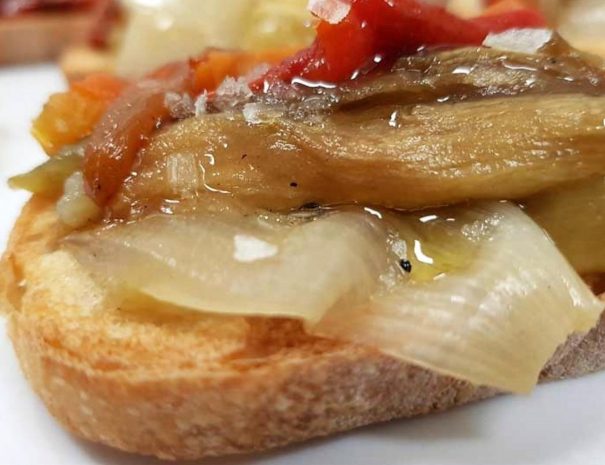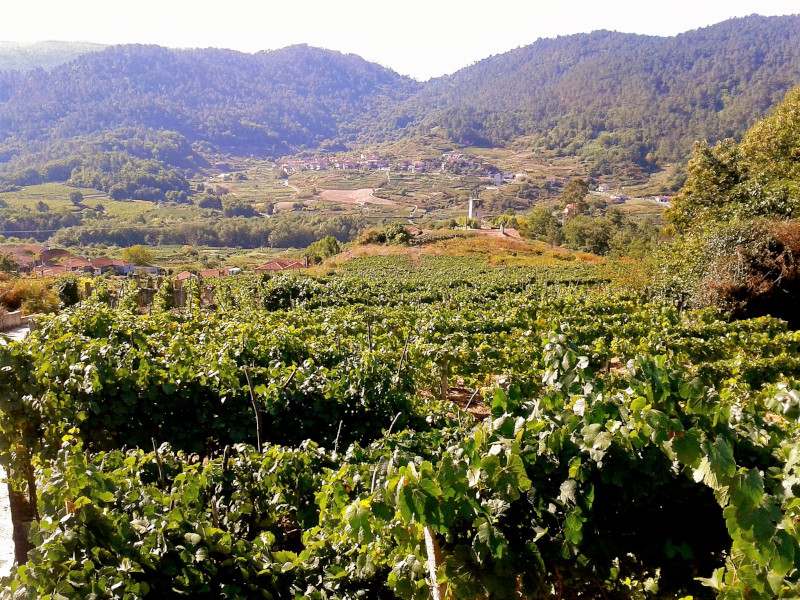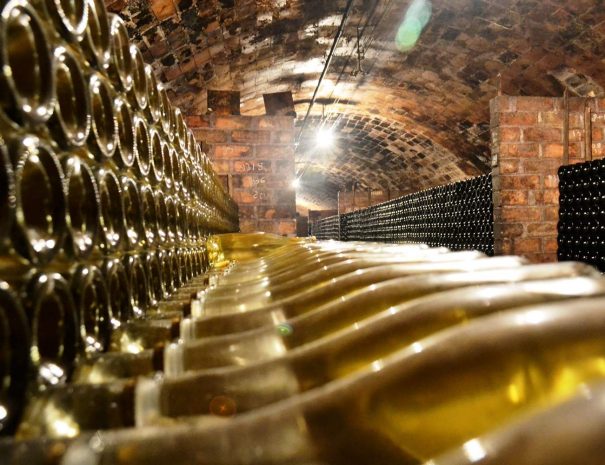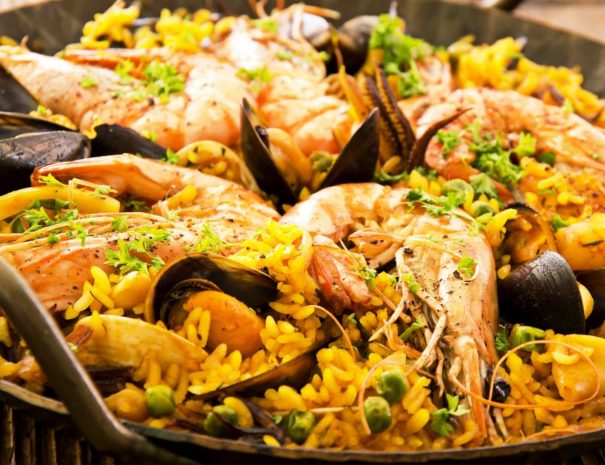
A selection with amazing tapas tours in Barcelona
Selection with the best tapas tours to enjoy in Barcelona. Small-group food tours to make the most of your stay in Barcelona with a selection of excellent tapas bars, wines and local guides. Tapas tours in Barcelona to discover local Catalan gastronomy and wines. A complete guide with different styles of tours to suit all tastes. … Read More





